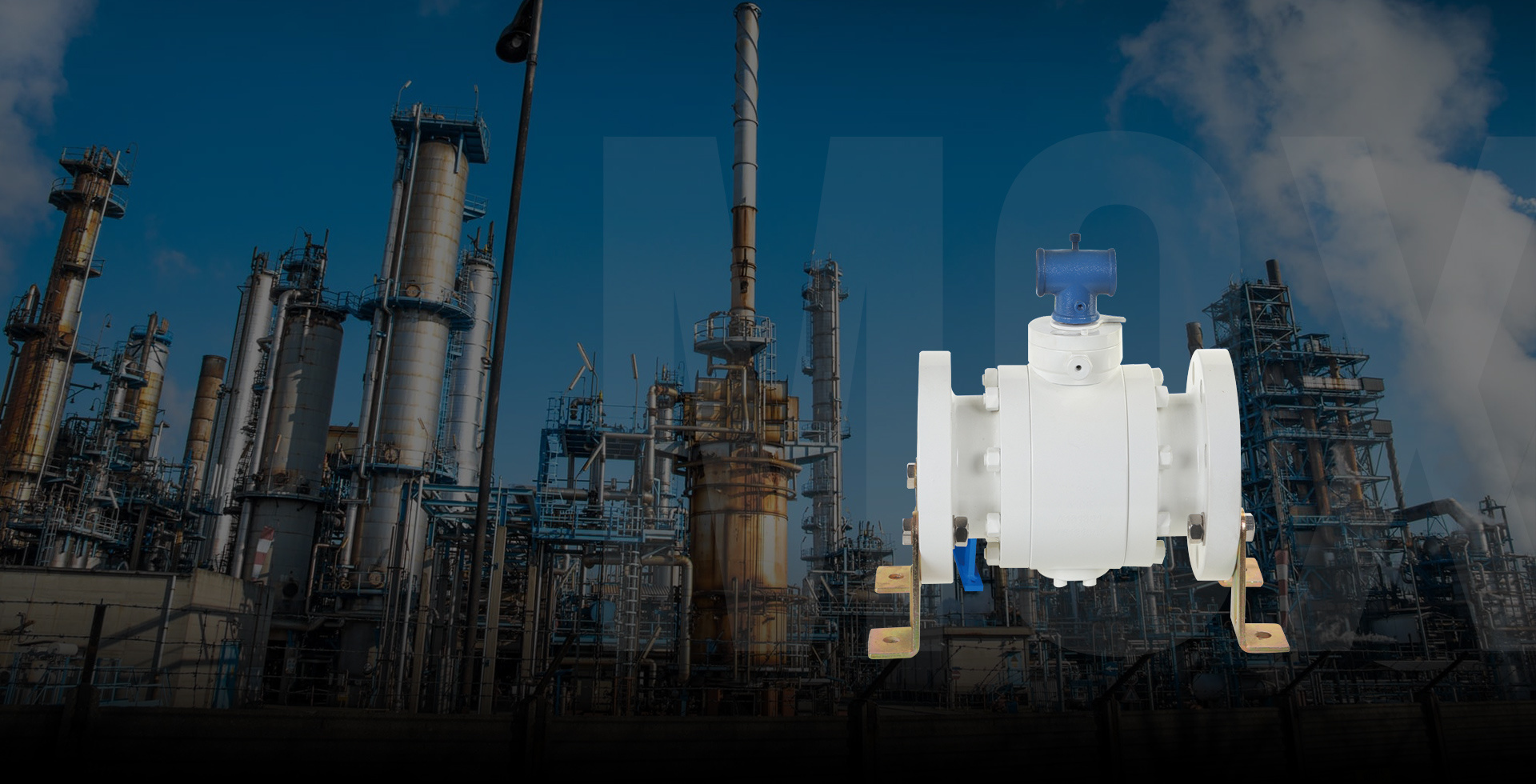
News & Events
Understanding High Pressure Feedwater Regulating Valves: Essential Components for Industrial Efficiency
Release time: 2024-09-21
High pressure feedwater regulating valves are pivotal components in various industrial processes, particularly in steam generation systems. Their primary function is to manage the flow of feedwater into boilers, ensuring that the right amount of water is available for efficient steam production. This regulation is vital because maintaining optimal pressure levels in a boiler is critical for safety, efficiency, and the longevity of the equipment.
In essence, the high pressure feedwater regulating valve controls the feedwater pressure that enters the boiler. When the pressure inside the boiler drops, the valve opens to allow more feedwater to flow in. Conversely, when the pressure rises to the desired level, the valve reduces the flow to maintain equilibrium. This dynamic control not only enhances the boiler's performance but also prevents potential issues such as water hammer, which can cause damage to the piping and boiler components.
The construction of these valves typically involves durable materials capable of withstanding high pressures and temperatures. Common materials include stainless steel and other alloys designed to resist corrosion and wear. Additionally, these valves are often equipped with advanced features such as electronic control systems or pneumatic actuators, which allow for precise regulation and quick response times to changing pressure conditions.
Using high pressure feedwater regulating valves efficiently requires regular maintenance and monitoring. Operators should routinely check for signs of wear or damage, as well as ensure that the valve is calibrated correctly to prevent inefficient operation. A well-maintained feedwater regulating valve can significantly improve overall system efficiency, reduce energy consumption, and lower operational costs.
Furthermore, understanding the specific requirements of your industrial environment is crucial when selecting a high pressure feedwater regulating valve. Factors such as the type of fluids being handled, operating temperatures, and pressure ranges should all be considered to ensure that the valve performs optimally in your particular application. Consulting with industry experts can provide valuable insights and help in making informed decisions that enhance the reliability and efficiency of your systems.
In summary, high pressure feedwater regulating valves play an essential role in industrial applications, particularly in steam generation. By effectively managing the feedwater flow, they contribute to the efficiency and safety of boiler operations. Investing in high-quality valves, regular maintenance, and understanding operational requirements can lead to improved performance and reduced costs in the long run.
In essence, the high pressure feedwater regulating valve controls the feedwater pressure that enters the boiler. When the pressure inside the boiler drops, the valve opens to allow more feedwater to flow in. Conversely, when the pressure rises to the desired level, the valve reduces the flow to maintain equilibrium. This dynamic control not only enhances the boiler's performance but also prevents potential issues such as water hammer, which can cause damage to the piping and boiler components.
The construction of these valves typically involves durable materials capable of withstanding high pressures and temperatures. Common materials include stainless steel and other alloys designed to resist corrosion and wear. Additionally, these valves are often equipped with advanced features such as electronic control systems or pneumatic actuators, which allow for precise regulation and quick response times to changing pressure conditions.
Using high pressure feedwater regulating valves efficiently requires regular maintenance and monitoring. Operators should routinely check for signs of wear or damage, as well as ensure that the valve is calibrated correctly to prevent inefficient operation. A well-maintained feedwater regulating valve can significantly improve overall system efficiency, reduce energy consumption, and lower operational costs.
Furthermore, understanding the specific requirements of your industrial environment is crucial when selecting a high pressure feedwater regulating valve. Factors such as the type of fluids being handled, operating temperatures, and pressure ranges should all be considered to ensure that the valve performs optimally in your particular application. Consulting with industry experts can provide valuable insights and help in making informed decisions that enhance the reliability and efficiency of your systems.
In summary, high pressure feedwater regulating valves play an essential role in industrial applications, particularly in steam generation. By effectively managing the feedwater flow, they contribute to the efficiency and safety of boiler operations. Investing in high-quality valves, regular maintenance, and understanding operational requirements can lead to improved performance and reduced costs in the long run.
Keywords: High Pressure Feedwater Regulating Valve
 sales@cnmxv.cn
sales@cnmxv.cn
 86-577-67389088
86-577-67389088







